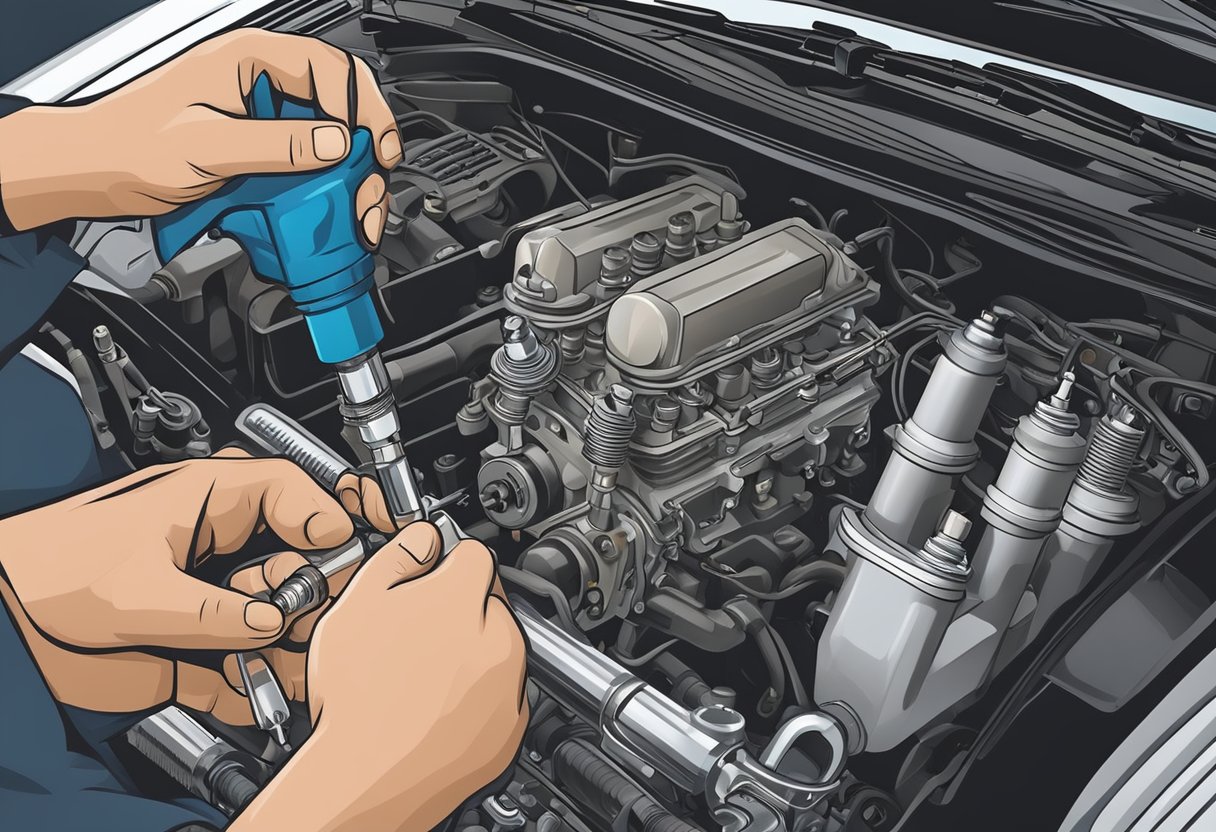How to Install New Spark Plugs: A Step-by-Step DIY Guide
Preparing for Spark Plug Replacement
Replacing spark plugs requires the correct set of tools and adherence to important safety measures.
Gathering the Right Tools
Before starting, collect all necessary tools to ensure a smooth process. A ratchet and torque wrench are essential for loosening and tightening the spark plugs correctly. A spark plug socket is specifically designed to fit spark plugs, while an extension bar helps reach plugs in tight or recessed locations. Additionally, a spark plug gap gauge is used to check and set the correct gap for optimum performance.
Other useful items include a wire brush to clean any debris around the plug area and a gap tool for fine adjustments. For added efficiency, having dielectric grease to lubricate connections can be beneficial, and anti-seize lubricant ensures the plugs can be removed more easily in the future.
Safety and Precautions
Safety should be the paramount concern during this task. Ensure the vehicle is on a flat surface in the garage, and it’s best to let the engine cool down completely to avoid burns. Disconnect the battery to prevent any accidental electrical discharge. Wear safety goggles to protect your eyes from dirt and debris.
It’s important to follow the manufacturer’s guidelines for specific torque settings to avoid damaging the threads in the cylinder head. Double-check that the new spark plugs match the requirements specified in the vehicle’s manual. Use the correct amount of anti-seize lubricant and dielectric grease, but avoid over-application as it can cause problems later on.
Accessing the Spark Plugs

Before you can replace your spark plugs, you need to access them. This involves identifying their location within the engine and removing any obstructive engine covers and components.
Locating the Spark Plugs in Your Engine
Spark plugs are usually found near the top of the engine. In many engines, they are situated within the engine cylinder head. The number of spark plugs will match the number of cylinders. For example, a four-cylinder engine will have four spark plugs. Typically, spark plug wires or ignition coils connect directly to the spark plugs, leading you straight to them. It’s essential to consult your vehicle’s manual to confirm their exact location and appearance in your specific car model.
Removing Engine Covers and Components
Often, various engine covers and components can obstruct access to the spark plugs. These might include the intake manifold or protective engine covers. Use a ratchet and suitable socket to remove these covers carefully. Place all screws and bolts in a safe location to prevent losing them. Some vehicles might require the removal of additional components, such as air intake hoses, to provide better access. Make sure to handle all parts gently to avoid causing any damage to the engine compartment.
Inspecting and Removing Old Spark Plugs
Ensuring spark plugs are in good condition is vital for engine performance. Careful removal is crucial to avoid causing any damage to the engine components.
Examining Spark Plug Condition
Before removal, it’s essential to assess the state of each spark plug. Check for signs of wear such as discoloration, build-up, or thread damage. A plug that is oily or blackened might indicate engine problems like a rich fuel mixture or oil leakage. A whitish or blistered plug could suggest overheating.
Inspect the wires and plug wires connected to the spark plugs. Look for any cracks, fraying, or wear that could affect electrical conductivity. Ensuring these components are in good condition can prevent misfires and other engine issues.
Safely Removing Spark Plugs
Begin by disconnecting the negative battery terminal to avoid electrical shock. Use a spark plug boot puller to carefully detach the spark plug boots. Avoid yanking on the wires to prevent damage.
Once the boots are removed, use a spark plug socket and ratchet to unscrew the plugs. Turn them counterclockwise until they are loose enough to be removed by hand. It’s crucial to remove any debris around the plugs to avoid it falling into the engine.
If a plug is resistant to removal, apply a penetrating oil and let it sit for a few minutes. This can help loosen any build-up, making the removal process easier and protecting the engine threads from damage.



